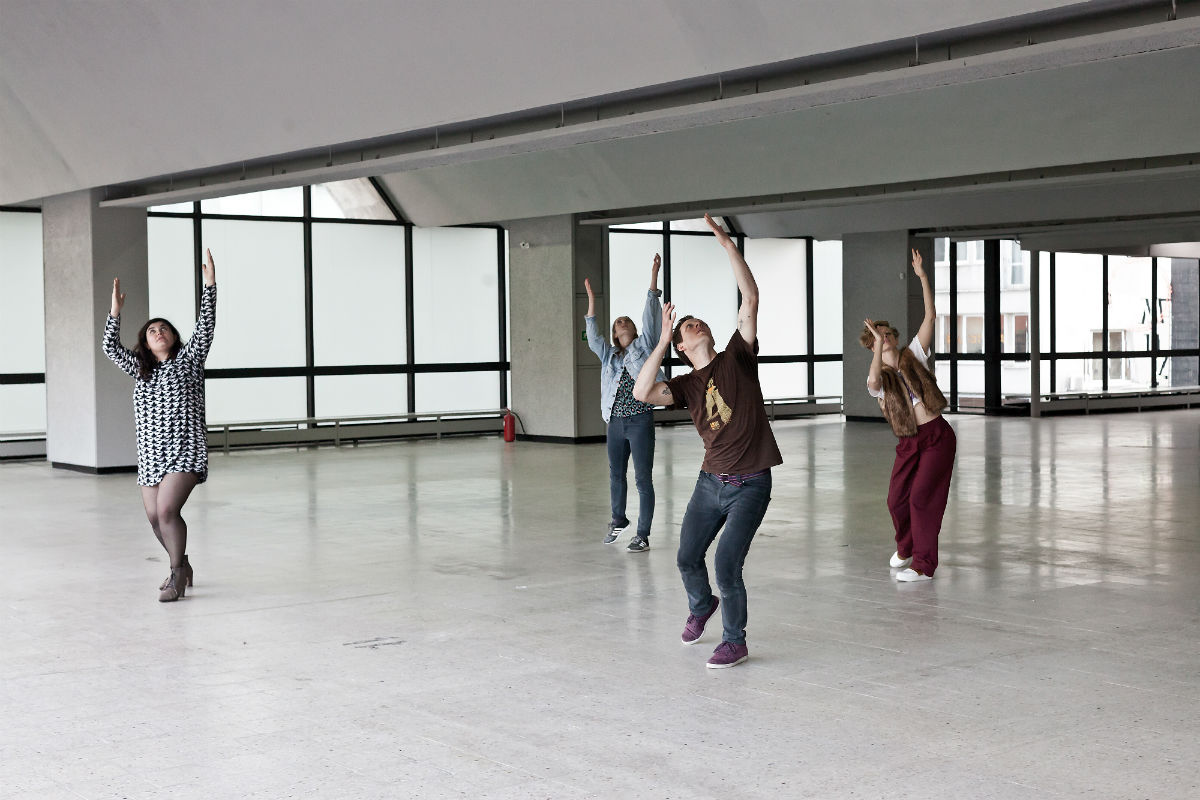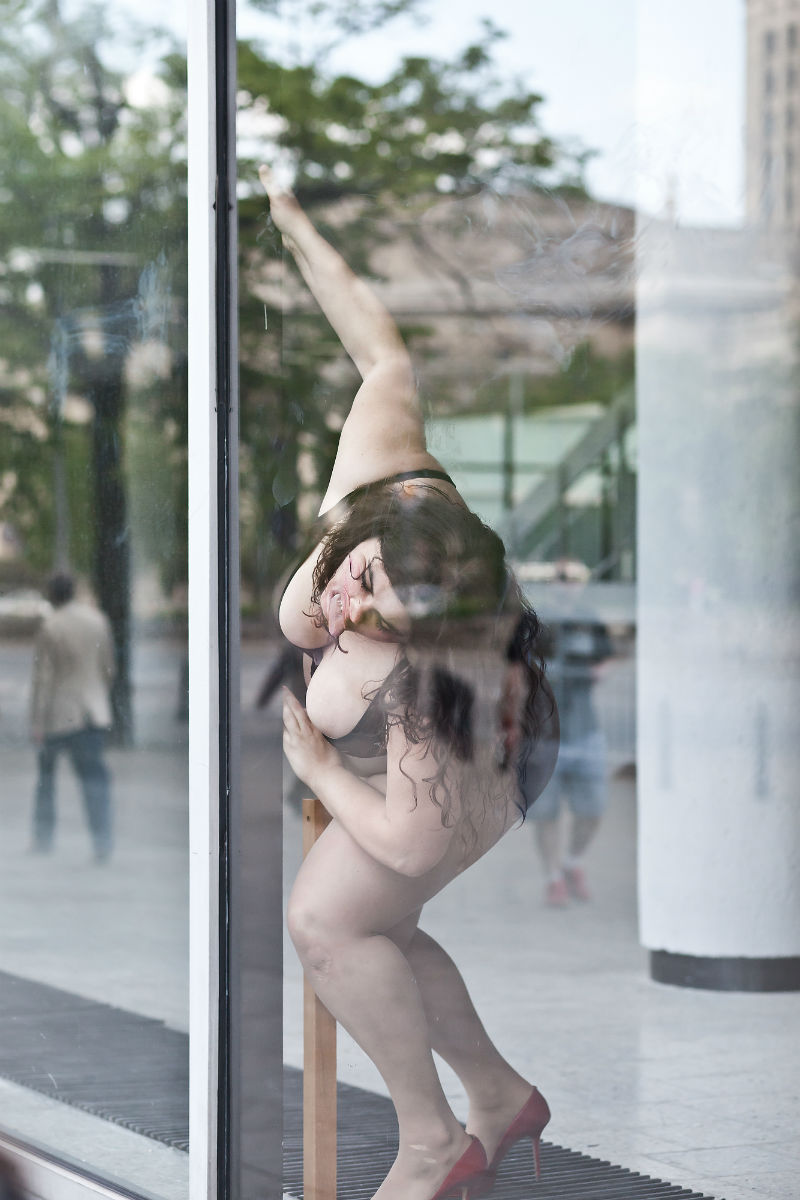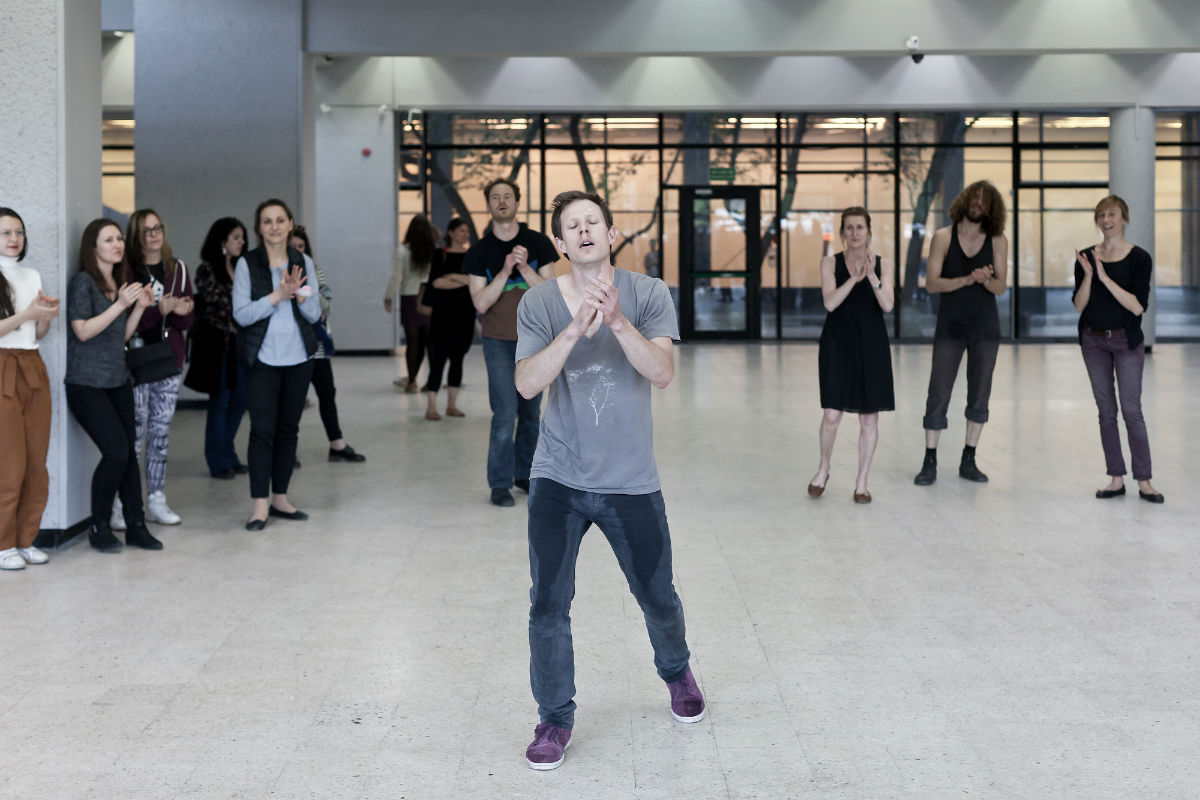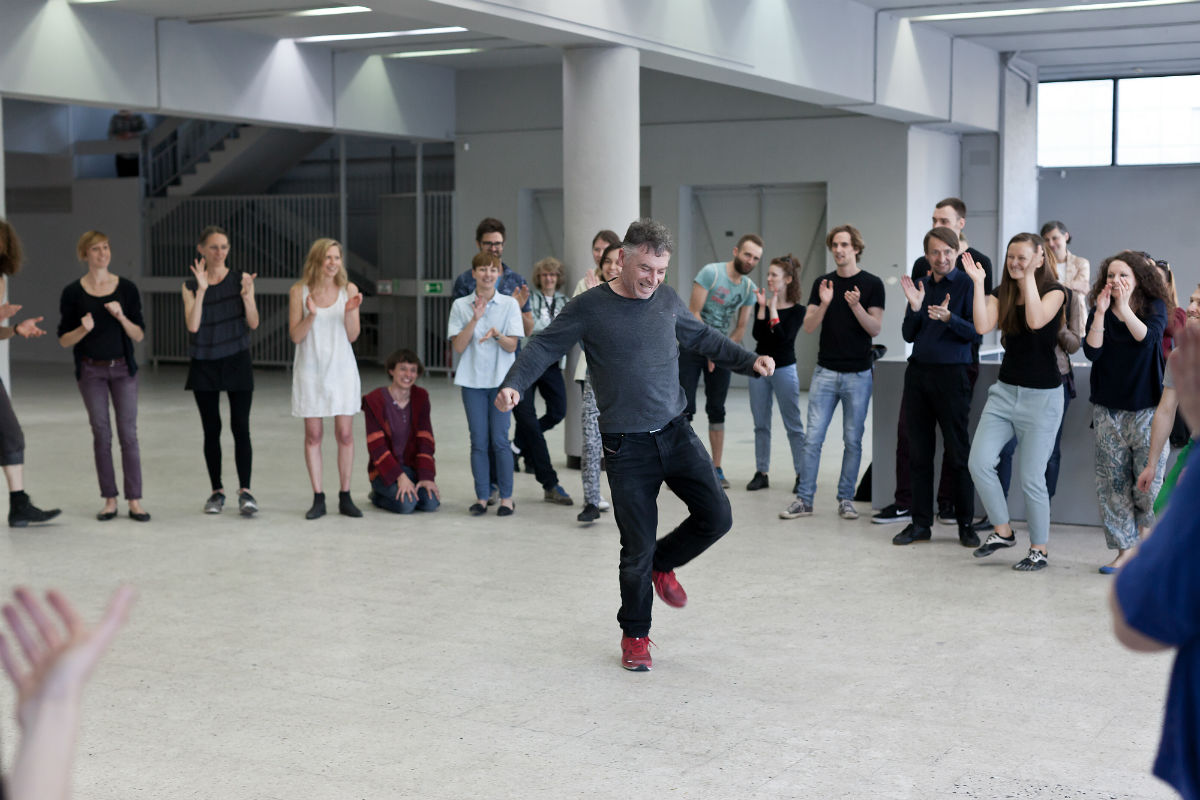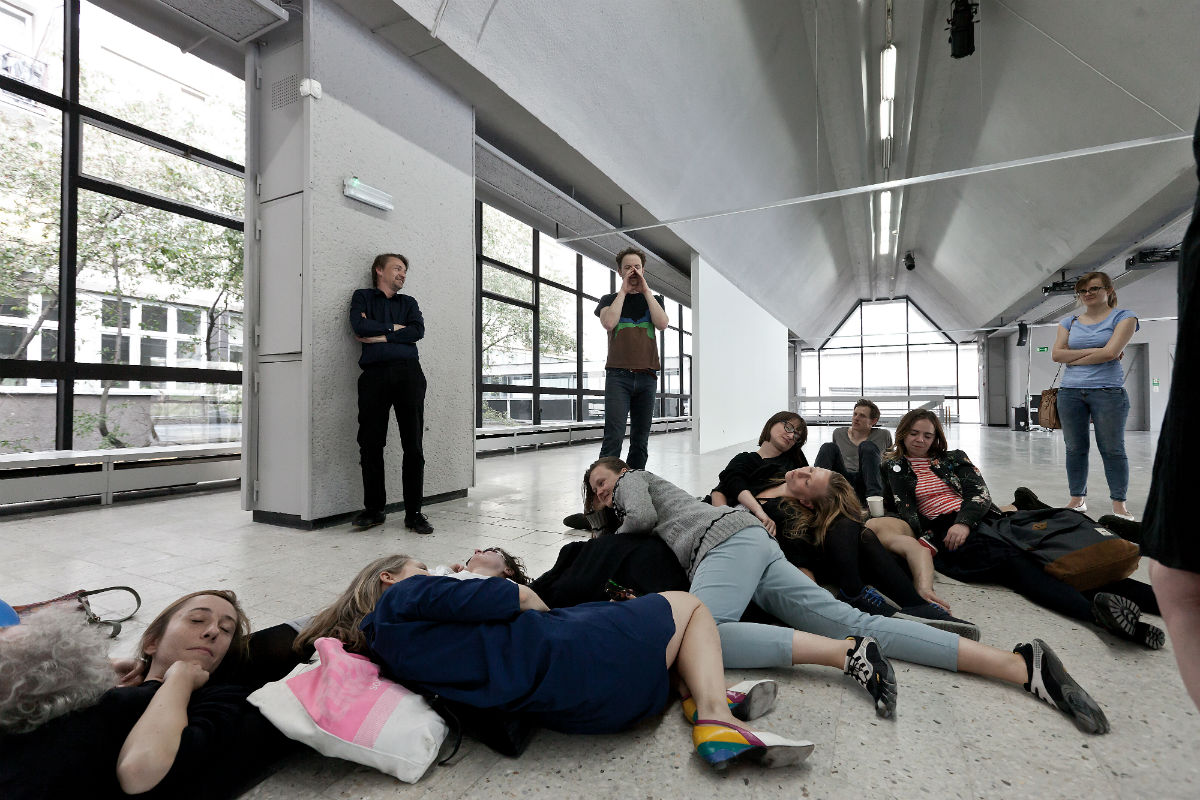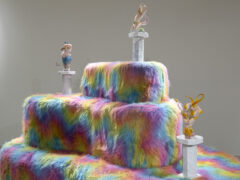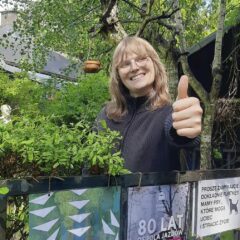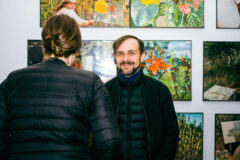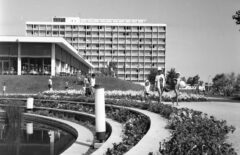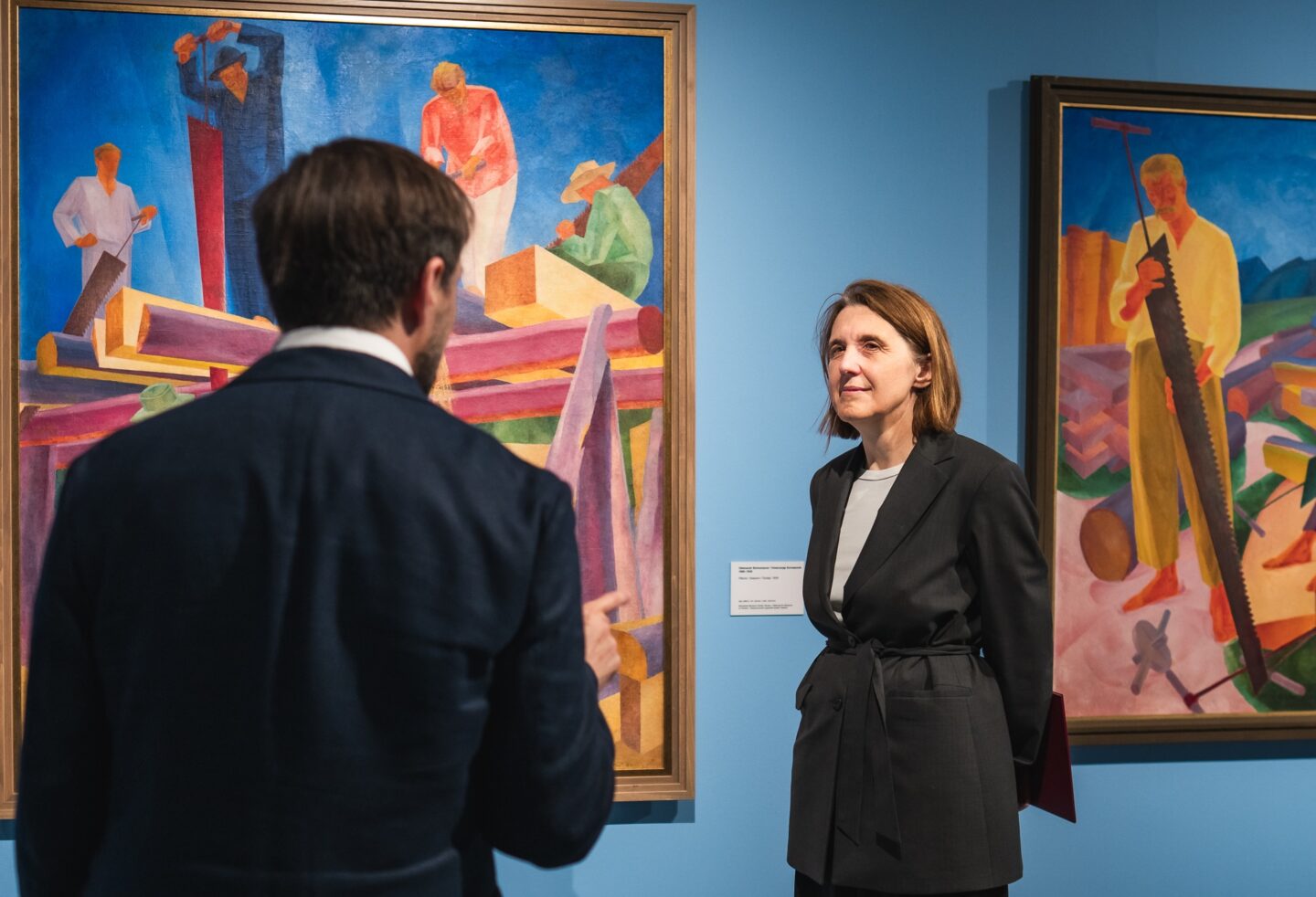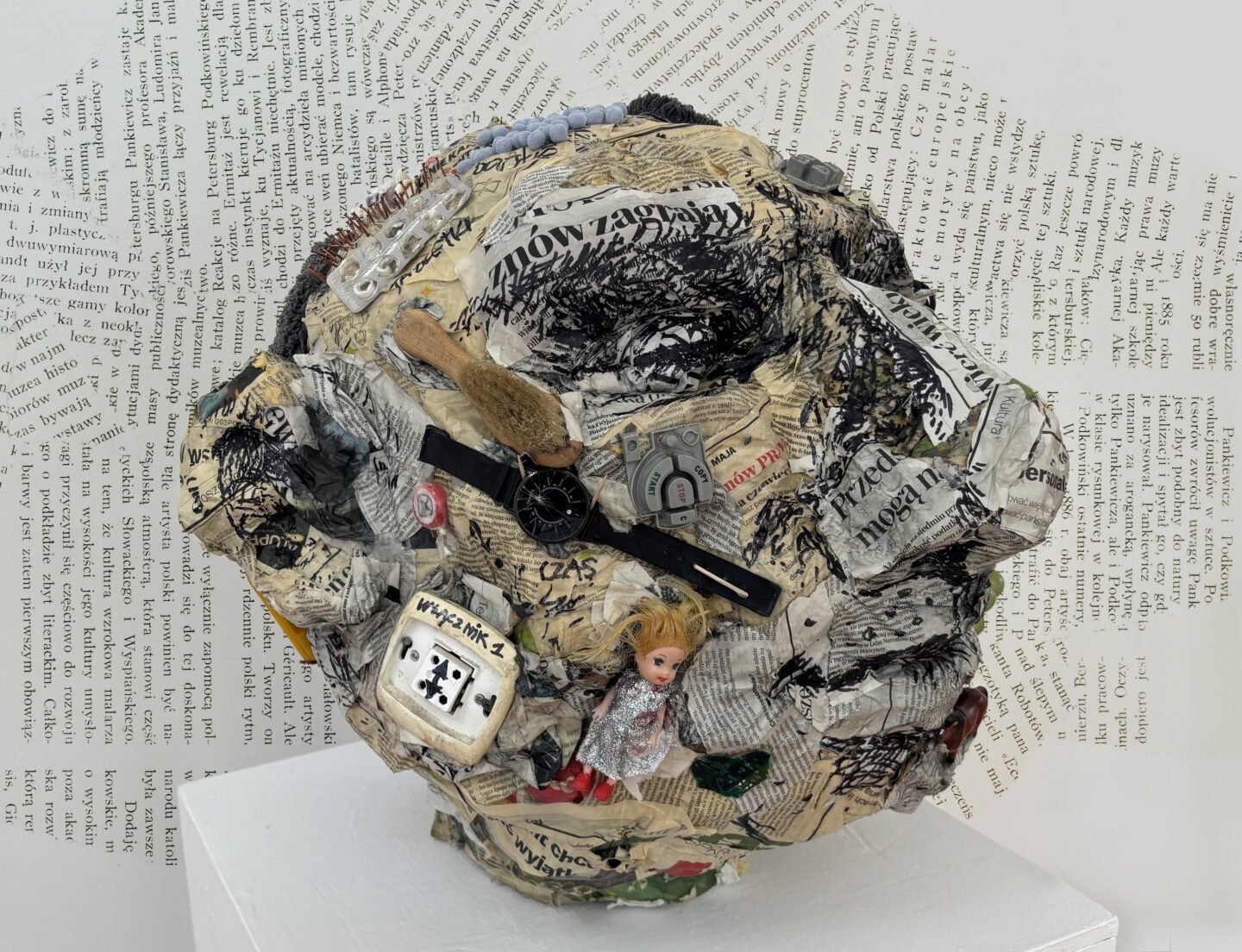I love and I hate dance that is why I’m a dancer. Interview with Boris Charmatz

Zofia Maria Cielątkowska: I start with the idea of hierarchy and structure. I mean, in one of the interviews you talk about your distance to this concept of dance education, that a dancer becomes a choreographer and then a professor – this predictable and rigid path. Then again your work is somehow always against the structure. You don’t like hierarchy. Do you?
Boris Charmatz: True… [laugh] I think that it is very much connected with my education. My first Disney I saw when I was maybe 29, but then I watched many Czechoslovakian animation… I remember in my childhood, I was reading books and watching movies, which were not necessarily meant as ‘for children’. It was a great source of knowledge, excitement and a problem. My parents were teachers in a small town of France, but somehow they wanted to stay connected with art, culture and politics. For me, it was and still is a kind of natural approach to be a student and at the same time to be an artist, to learn and to practice – there is no division. While in the dance world, normally, when you are a dancer, you are submitted to the choreographer. Then, if you want to do your own work, you are free. I never felt that way, I always felt free as a dancer and I continue to think like this in my whole work. Even now in Warsaw I’m doing a piece of Tino Seghal and I’m doing my own piece, but really, there is no hierarchy. I like to be a dancer in somebody else’s piece… I like this idea that the dancer’s body is somehow a little art work and to participate in different choreographies, this experience – in a way – allows me to do my own work.
I think expo zéro, a project which you are showing at the Museum of Modern Art is very much in that thinking.
Expo zéro is very much connected with that idea of hierarchy, or rather lack of hierarchy; as normally you have one curator who invites different artists and then you have one display, one exhibition. In this project we invited 10 artists and , but at the same time they are also curators, they are somehow defining what could be Musée de la danse for them. So there are 10 exhibitions, not one. I don’t know what they will do, what they will speak, how they will act. Expo zéro is also very horizontal for the audience; you can relate to that part of the exhibition which is closer to your perspective and follow it. There is no specific stage, no costumes, no lines, nothing which marks the border and says ‘this is the art work’. There is no hierarchy between the visitors, there is no hierarchy between the movement and there is no hierarchy between the artists. I like this blurriness, this idea, that it is not clear where the art work is, where the artist is, where the viewer is. It is also very much connected with the idea of Musée de la danse as a place you are looking for; you think of what could it be. The viewer can learn a movement of Isadora Duncan, and then take this ‘art work’ piece with him or her – I like that. It is also a way to rethink the concept of the museum and the exhibition; instead of one voice towards collective thinking. I like to bring, maybe not chaos, but more blurriness or uncertainty, fragility in to the exhibition work.
It works well with what you say about dance as a mental space, dance as ephemeral and material at the same time. Something, which is being defined in the process, in the relations and very often in contradictions.
I love contradictions! If you would tell me that dance is ephemeral, I would say it is not – it can last forever, somehow you always work on the movement from the past. If you say that it is material, I would say it is not, it can be just here and now. I like the simultaneous oppositions. Dance is between these things we know and from there we can experience something.
Contradictions are also visible in the way you work as a choreographer and dancer. From the piece about distance and solitude with free level platform (aatt enen tionon, 1996) you go to explore relations and interactions (herses, une lente introduction, 1997), then there are works almost purely based on talking (J’ai failli, 2002 ) or eating (manger, 2014) – an idea of not-dancing.
Yeah.. and it is also connected to the fact, that I don’t share this idea that a choreographer should have a style; that each score is almost like your signature. This idea was especially vivid in the 80s. With aatt enen tionon I was certain, that this work was against the sense of community in dance like holding hands, smiling and showing the audience that we are a nice group. In aatt enen tionon we built a structure where each dancer is on a different level: we don’t share the same movement, we don’t see each other. The initial idea was to push away the idea of the body as a whole, so we have shirts, but we are half naked and the body is split. I thought it was ‘anty-community’. Then, some people said: ‘Oh! What a nice community you are building there!’. Then I started to think about it. In that piece we can hear each other and this sound is so strong, that – to a certain extend – it is a point of reference, something which unites this whole structure on a different level. People perceived somehow the community from that piece in the understanding of Maurice Blanchot; people who are isolated make community on the common ground which is isolation. But that is how it works, you do a piece for one reason and then it is interpreted by the public in a completely different way. Therefore I like dance to be a place for contradiction, not only in the physical movement, but also the mental movement. It is your body moving, but at the same time it is also your brain – you can change your position, change your ideas, change your thoughts. I prefer that, than defining what dance is, or what it might be. I like to struggle with the dance world, with the medium of dance. It is not that I love dance so I’m a dancer – I love and I hate dance that is why I’m a dancer.
I like this idea of dance as a mental space, a social space etc. It is also present in your thinking about the institution Musée dla la danse in Rennes. It was described in details in the manifesto, but I think the most important is not to close dance and the institution it one definition, but to open it for as many meanings as possible.
The fact, that it is open, is really important. It is not a fixed institution with one building. Here in Warsaw you visit expo zéro – it is only here and now, but somehow you also visit Musée de la danse – a part of it. Of course it is one exhibition, but you visit Musée de la dance, one of its chemical states. In this particular edition you have Frank Willens, Marlène Saldana, Boris Ondreička and many more. I like this open mental space that an archivist, an architect, a musician, a theatre maker, a journalist and of course anyone from the visitors can enter the space and make it his or her own. Anyone can think and move inside of it. If you follow one person, you will have a completely different experience and perception then if you follow another. The space is as much open as possible. I think of it as experience through Musée de la danse or Musée de la danse with a question mark. It has also a very specific meaning here – we are performing it in the building, which will be destroyed…
Talking about museum, visuality and perception. With live performances, there is always a question of experience versus visuality and, or documentation. I’m thinking here of herses, une lante introduction (1997), which is very much about contact and the relation with other person and it looks completely different when you experience it, it looks different as a row material and it looks completely different in the video or silent movie version from 2007. In the latter, it is more like a painting.
Yes, when after almost 10 years we tried to make a movie from herses, une lante introduction, we realized that it doesn’t go well to the music it was previously performed with. In the original form, the music was a really strong element – maybe not a defining element, but it definitely had a strong influence on the movement. While for the movie, we focused purely on the movement, so in the end – like you say – it can be perceived like a painting. The decision to make the movie silent, was a radical choice, so the film is completely different from the previous version, but I like the fact that I don’t have to chose between them. I find my space between these two. That is also why I like to present various pieces; it allows to have different points of view, different approaches. In each piece you find different elements; sometimes it is nudity, sometimes it is painting, sometimes it is something else. I prefer to present different pieces, because then people see different directions. Of course each work is to a certain extend framed, but then you have gaps, splits, cracks…
Your performances require openness from the viewer, maybe even acceptance for a certain level of intimacy. I’m thinking here for example of La chaise (2002), where a person is sitting with closed eyes on the chair and you try – by movement and sound, but without direct contact – to cause some reaction. I mean, from the perspective of a person sitting there – you really have to trust the other one.
You did it or you saw it?
I saw it, but I imagine it has to be a quite strong experience.
I like this protocol of work. I ask participants to close their eyes and not react, or – at least – try to not react. If they accept to do that, I’m really thankful and treat it like a gift. They could leave their eyes open of course, it is their decision. Then, the other people who are watching, are watching me, but they are watching me through the medium of this person. They try to guess what she or he is experiencing. So, even we have the situation that there is only one person on the chair and there are other thousands watching, I think it can still be intimate. The dance is very physical, but it is also in the head, so there is intimacy. For me personally dance is really intimate. I started to dance not because of dance shows like ballet or Las Vegas shows. I started dance as something which was very much inside me, something intimate. The movement is something you are transform from your thoughts and vice versa, it is something that transforms you, your thinking. In that sense, for me dance is not for visual or technical effects or beauty, it is closer to this what is inside, not outside.
Talking about intimacy and the body. From the history of art perspective the naked body – in the subjective sense not as a representation – occurred in performance art in the 60s as something natural, true and authentic. I mean this subjective body, not a picture or show or representation. How do you see nudity from a contemporary perspective in dance – you sometimes use it in your pieces.
Nudity is present in the whole of the XX century, maybe not as much in dance itself… Luis XIV was never naked on stage, or I don’t know… Maybe he was. Anyway, in the history of art definitely more often. In the 90s I was part of the generation of artists, who like Vera Mantero, La Ribot, Jérôme Bel, went through nudity moment. It wasn’t really an idea of expression. It was more nudity as a cultural choice or nudity as a context. Nudity as a way to connect with history also – like with certain moments in the 60s. In nudity, movement is not made of instinct, but is very conceptual. You feel very much subjected when you are naked on stage – it is not easy, but still, it was more reasonable, then expressive. I did many works with nudity like attention or herese and some more. But even now, before the one I’m going to perform here, it is not easy to came back to it. Even if the first impulse was very much culturally contextualized, in the end, nudity becomes your own story.
The projects you are currently working on in Rennes are again re-thinking and re-defining Musée de la danse.
Yes, since we don’t have a building like a museum, and that for quite a while we were thinking of an ideal building – what would it be, how should it function etc. From there came the idea to go into public places. We have decided, that for the next 3 years, we will be mostly concentrating on projects happening on the streets, in empty buildings, on public squares etc. These projects will be very different. For instance I’m thinking of choreographic occupation of the public space, which is somehow related to current issues; there are many movements and protests happening in France and elsewhere in the world. Then, there is the piece danse du nuit, which is for the public space at night. It is designed for concrete, for the street. In a way it is a street dance, but I don’t think of hip hop. I mean street dance in the sense of public space. It will be a kind of instant and really quick response to what we see while talking and moving. I hope to show this project next year in Warsaw.
Sounds a bit like inspiration of Paul Virilio with improvisation…
I’m thinking of this project as between two states, moments or situations; there are some things we know, we are good at, we are clever and smart. Then, there are states, moments or situations, we do ‘n’importe quoi’, we are stupid, we react instantly. There is fluid change between these two and I like this combination in the context of the public space. It is very improvised somehow and I like that. It has also a political meaning in the sense, that a public space is very defined – it is for this, or against this or that. I’m not criticizing that – it is, what it is. I’m just trying to think, how – given such terms and conditions – we can open our posture. The protest option for whatever reason is also a moving posture, it contains a possibility for transformation. A viewer can become a participant, an amateur can become professional etc. and they are on the same level. Again there is no hierarchy. Dance gives a possibility to shift postures, gives this freedom of what you can say and how you can act.
Przypisy
Stopka
- Osoby artystyczne
- Boris Charmatz, Pawel Althamer, Romain Bigé, Boris Charmatz, Julie Cunningham, Janez Janša, Boris Ondreička, Chrysa Parkinson, Emily Roysdon, Marlène Saldana, Frank Willens
- Wystawa
- expo zéro. a performance by Boris Charmatz
- Miejsce
- Museum of Modern Art in Warsaw
- Czas trwania
- 07.05.2016
- Osoba kuratorska
- Magda Lipska, Joanna Warsza, Boris Charmatz, Martina Hochmuth
- Fotografie
- Bartosz Stawiarski
- Strona internetowa
- www.artmuseum.pl
- Indeks
- Boris Charmatz Boris Ondreička Centrum Sztuki Współczesnej Zamek Ujazdowski Chrysa Parkinson Emily Roysdon Frank Willens Janez Janša Jérôme Bel Julie Cunningham La Ribot Marlène Saldana Musée de la dance Muzeum Sztuki Nowoczesnej w Warszawie Paweł Althamer Romain Bigé Tino Sehgal Vera Mantero Zofia Maria Cielątkowska

